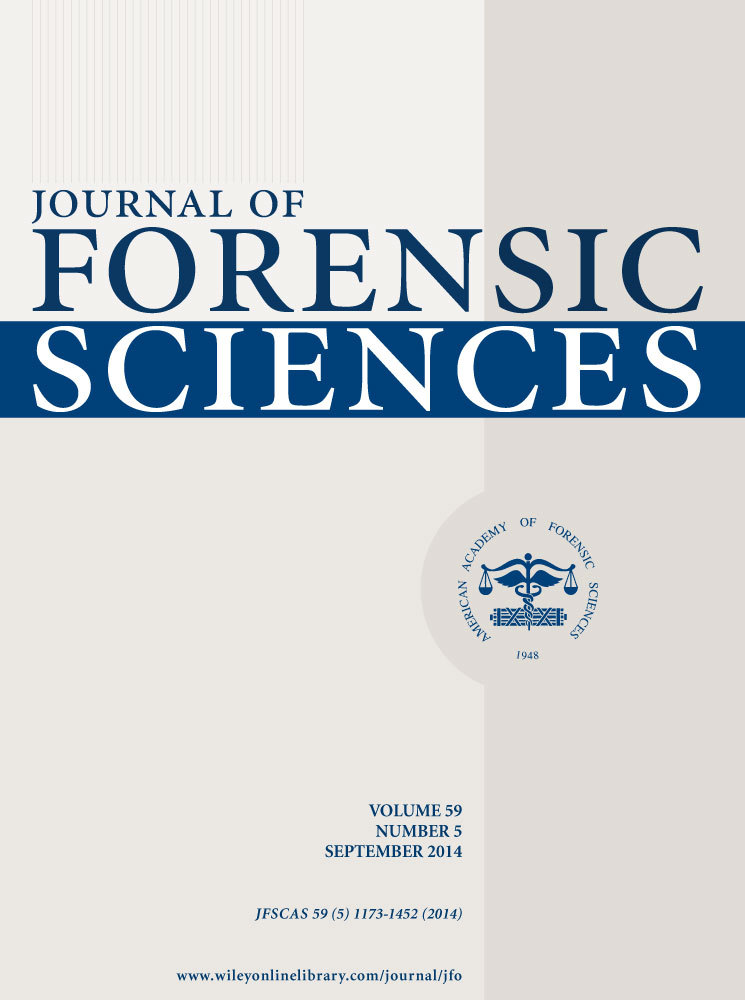Field Study on the Attraction and Development of Insects on Human Meconium and Breast-fed-Infant Feces
Abstract
Urogenital myiasis of newborn infants, although rare, is usually considered to indicate neglect due to attraction of flies to feces; however, infant feces have not been determined to attract insects. Human meconium and breast-fed-infant feces were used to determine attractiveness to insects and to examine subsequent colonization and growth patterns of insect larvae. Despite small amounts of fecal material present, adults of Lucilia sericata arrived at breast-fed-infant feces within five minutes; insects were rarely observed on meconium. Oviposition and growth of L. sericata larvae occurred only on breast-fed-infant feces; however, the larvae did not progress beyond the second instar. These data suggest that urogenital myiasis by L. sericata in newborn human infants within the first few days postpartum would not be expected, but desiccation and depletion of infested feces may provide a possible pathway for urogenital myiasis in older newborn infants.




